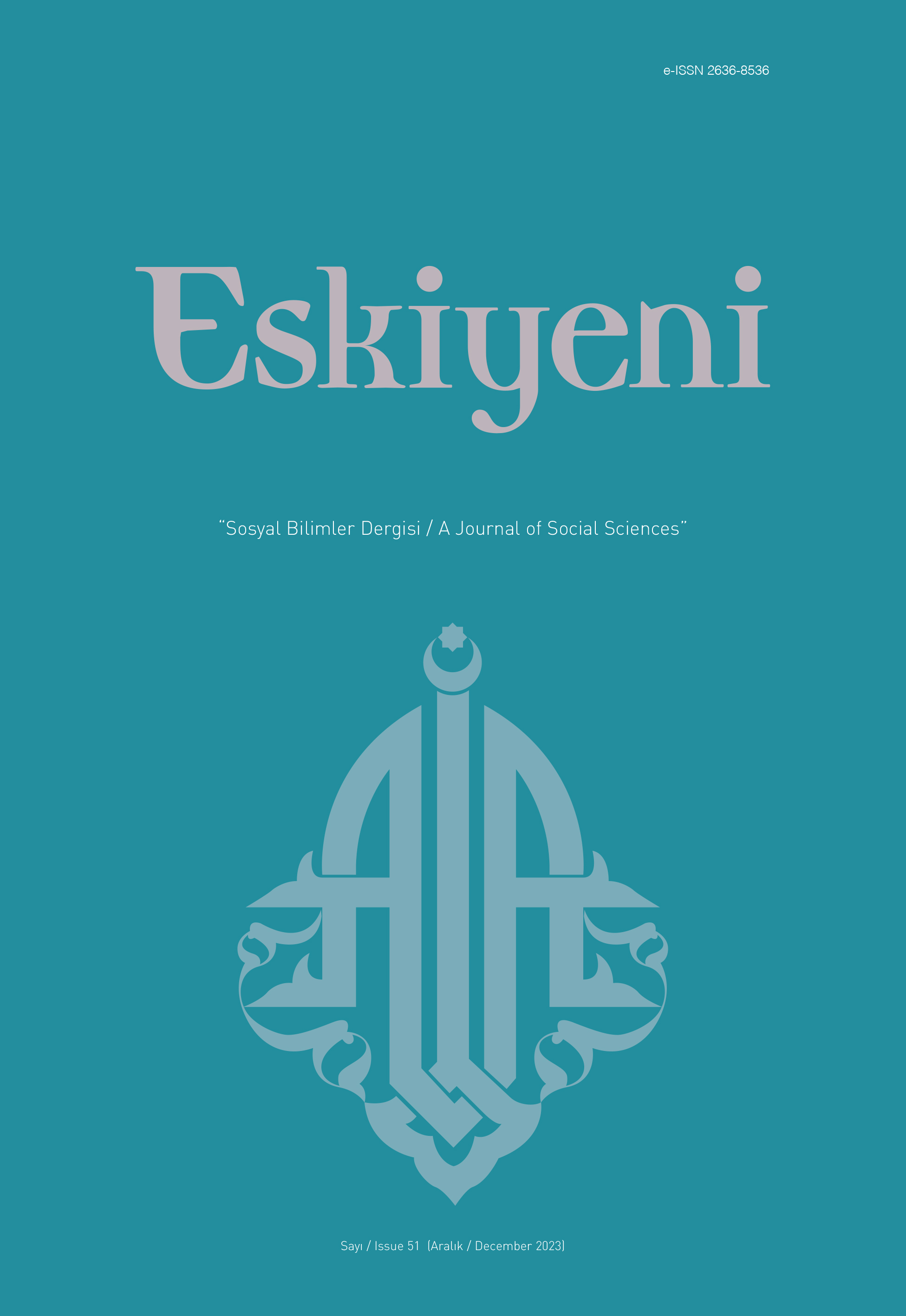Kur’ân’ın Hazifli İfadelerinin 7. Yüzyıl Arapların Edebî Zevk, Dili Kullanım Âdet ve Gelenekleriyle İlişkisi
The Relationship of Qur’ānic Ḥazif Expressions to 7th-century Arab Literary Taste, Linguistic Usage Customs and Traditions
Author(s): Emrah DindiSubject(s): Syntax, Qur’anic studies
Published by: Anadolu İlahiyat Akademisi
Keywords: Tafsīr; Qur’ān; Ḥazif; Arabic Customs; Arabic Literary Taste;
Summary/Abstract: The ḥazif, iʿjāz, iḍmār, and abbreviated word structures of the Qur’ān, were was revealed by the patterns of the Arabic Language, have been among the most fundamental problems for indirect interlocutors trying to understand it. For this reason, when we take a look at the tafsīr texts in our tradition it is seen that these texts are full of efforts to identify, determine and appreciate unspoken word structures such as nouns, verbs, letters, sentences, etc. in order to reveal the correct meaning. The commentators and linguists, instead of exerting all their efforts and endeavours directly into revealing the divine intent, on the contrary, have been largely engaged in filling the gaps in the curent syntax of the Qur’ānic verses, identifying, determining and appreciating the shortcomings, and have endeavoured to reconstruct the syntax, phrases and expressions of the verses. Because the ḥazif expressions in the text are insufficient to convey the correct meaning to the indirect interlocutors’ mind in their current form. In this respect, succinct and abbreviated expressions have been seen by some linguists as flaws in the word. For this reason, ḥazif expressions of the Qur’ān, which express a lot of meaning with few words, were examined in the present study. The question “Are these ḥazif expressions related to the divine source of the Qur’ān or to the literary tastes of the Arabs of that period in their oral addresses and literary genres, and the customs and habits of speaking with conciseness and conciseness?” was examined in this study. Although the Qur’ān’s literal word structures were handled in literary, syntax and rhetoric terms, both in our tradition and in today’s academic studies, unfortunately the relationship of these word structures with the literary taste, language usage customs and habits of the 7th century Hejaz Arabs was not discussed yet. For this reason, we hope that the present study, which we believe is authentic and original, will make new contributions to the literature. The result of the study, in which the literature review method was used, showed that these ḥazif structures, were related to the Arabic tastes and language usage customs of that period.
Journal: Eskiyeni
- Issue Year: 2023
- Issue No: 51
- Page Range: 1175-1187
- Page Count: 13
- Language: Turkish

